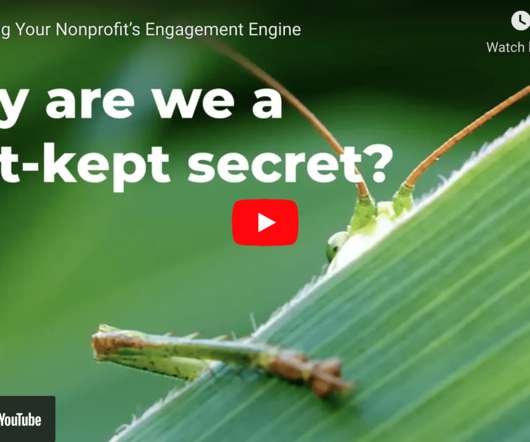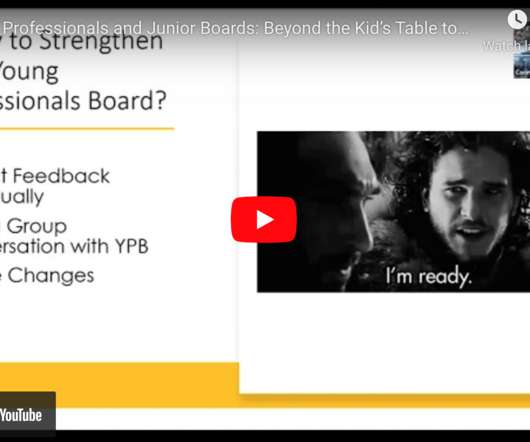The Networked NGO in India
Beth's Blog: How Nonprofits Can Use Social Media
JUNE 25, 2012
Social media practices are just that – they get strong and stay strong with practice – so success means consistent application and learning. We devote an entire chapter to it and the workshop exercise is based on this chapter. Grantees Implement A Modest and Realistic Action Learning Pilot.












Let's personalize your content